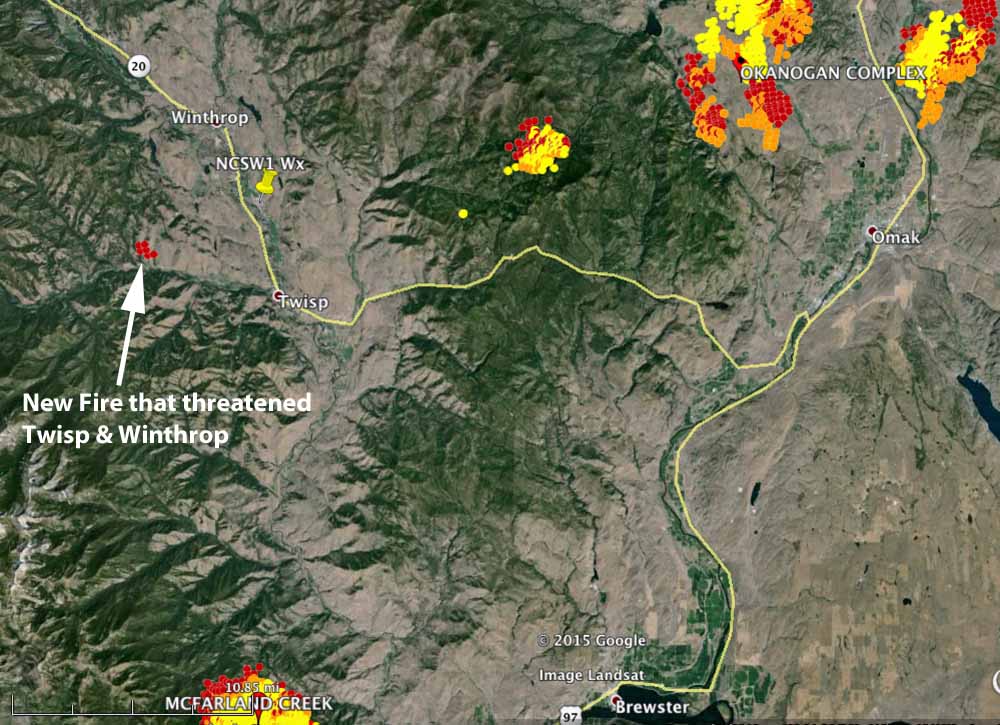(UPDATED at 4 p.m. PT, August 22, 2015)
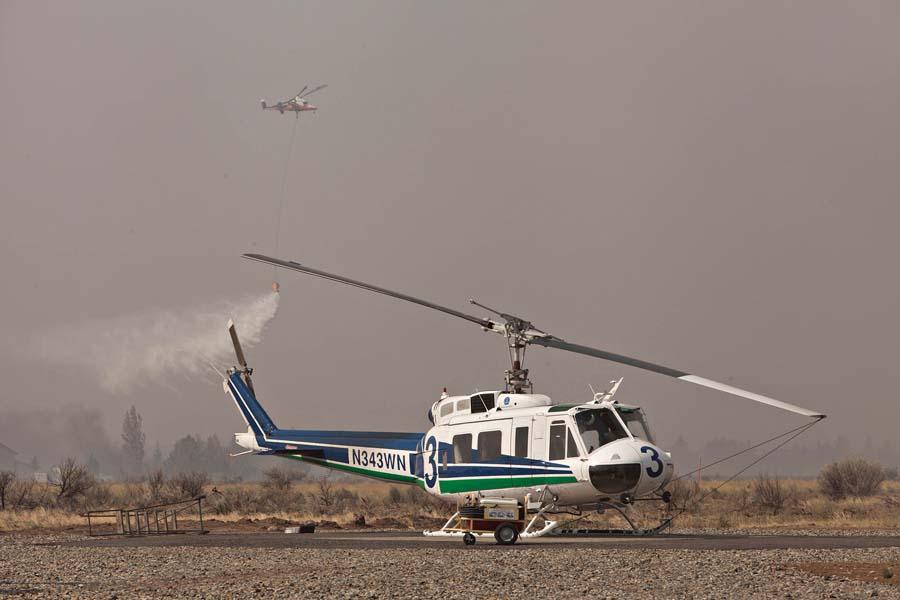
The Okanogan Complex of fires was very active again on Friday as a cold front with strong winds passed through the area. According Incident Commander Todd Pechota (via Joe O’Sullivan) more than 227,000 acres have burned since the fires started on August 15. Additional evacuation orders were issued as the portion of the fire west of Okanogan spread south and approached and in at least one area crossed Highway 20, which is closed.
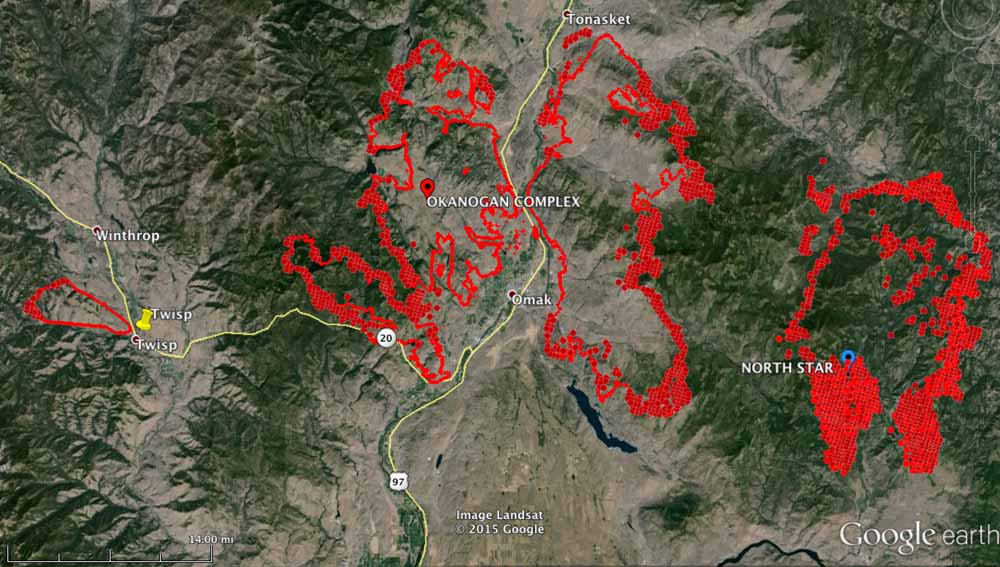

On Friday, President Obama signed an emergency declaration, ordering federal aid to assist in battling Washington state’s wildfires. The declaration allows FEMA to coordinate disaster relief efforts in Asotin, Chelan, Douglas, Ferry, Klickitat, Okanogan, Pend Orielle, Skamania, Spokane, Stevens, and Yakima counties. It also brings aid to the Colville, Spokane, Kalispel, and Yakima tribes.
For the first time, volunteers are being asked to fight the fires. More than 3,000 people have called and emailed in response to the state’s request for volunteer help with wildfires.
Dino sent us this link to four webcams in the Methow Valley between Twisp and Winthrop, Washington. He said they refresh once an hour. When I checked them Saturday afternoon they were shrouded in smoke.
****
(UPDATE at 9:47 a.m. PT, August 21, 2015)
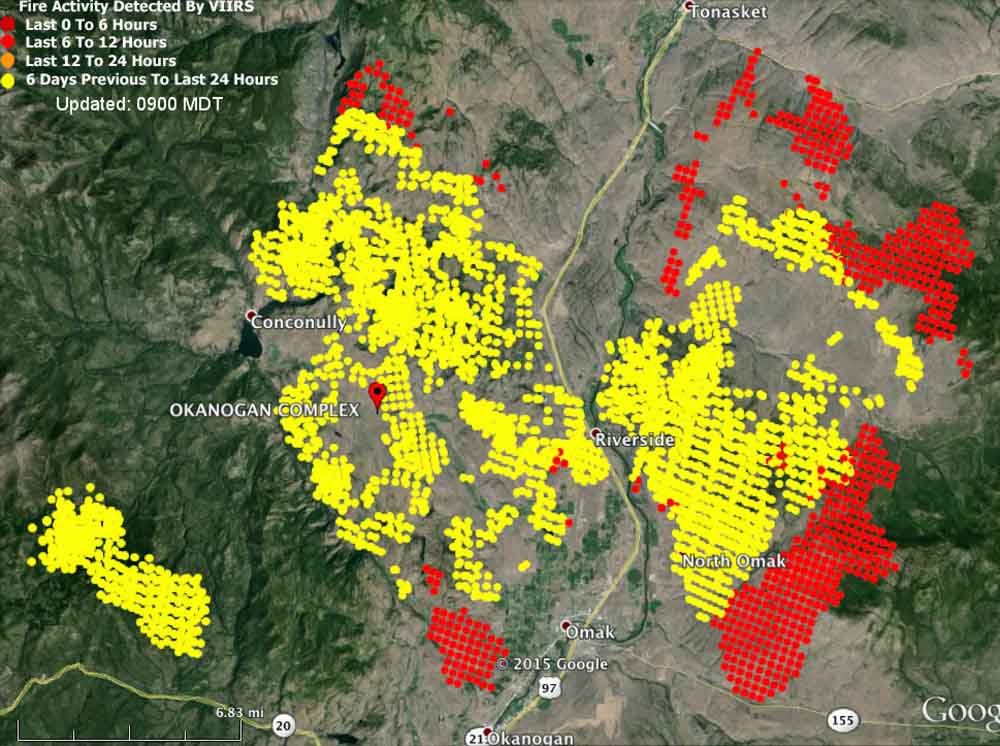
The Okanogan Complex of Fires consumed another 40,000 acres of vegetation on Thursday and now covers 124,083 acres, crossing the 100,000-acre threshold to obtain megafire status.
****
(Originally published at 2:58 p.m. PT, August 20, 2015)
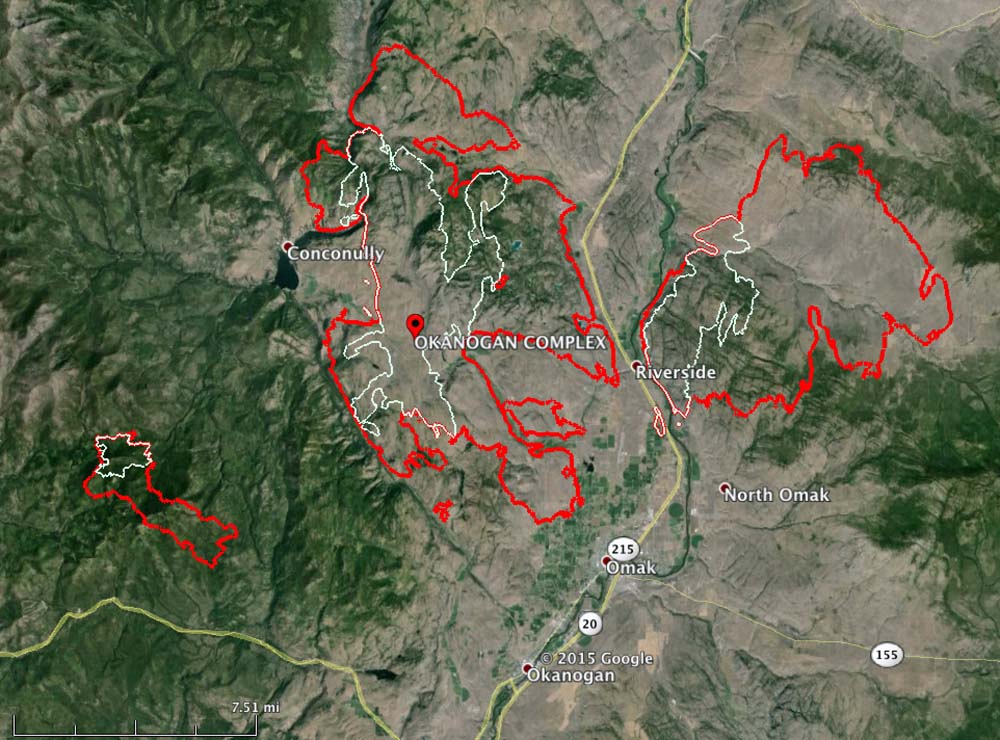
The Okanagan Complex, comprised of 11 fires, some of which grew together, quadrupled in size on Wednesday. It added 60,282 acres and as of 11 p.m. Wednesday night it was 83,441 acres and still growing rapidly (see map above). The Twisp River Fire, on which three firefighters were killed Wednesday, was added to the Complex this morning. A Type 1 incident management team will inbrief on Thursday.
The fire is near Omak, Riverside, and Okanagan in north-central Washington.
The area is under a Red Flag Warning through Friday (see map below) for continued warm temperatures, low humidities and strong north winds on Friday that could reach 50 mph — possibly downing power lines that could start new fires.





